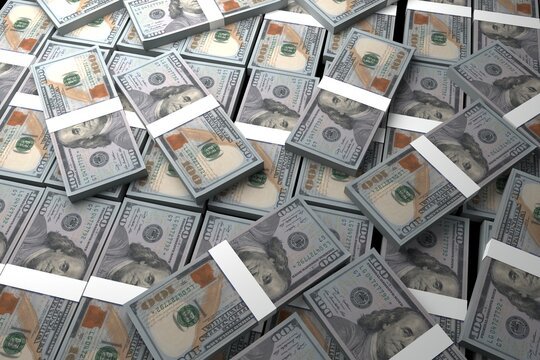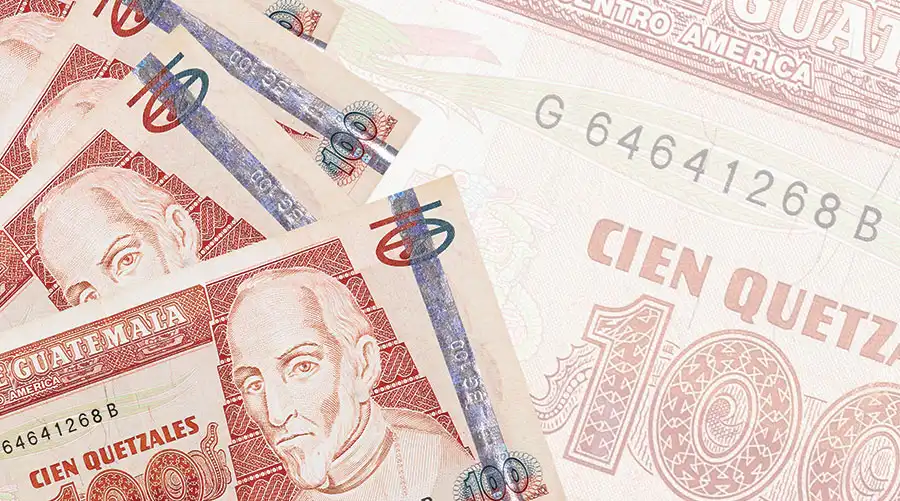Papel Moneda, or paper money, has played a pivotal role in shaping the global economy. Over centuries, it has transformed from simple promissory notes to the sophisticated, security-laden banknotes we use today. Papel Moneda revolutionized trade and commerce by replacing cumbersome metal coins with easily transferable, lightweight currency. But beyond its practical uses, paper money has evolved to represent the economic strength of nations, serving as a tool for governments to regulate economies and control inflation. In this article, we will explore the history, design, security features, and economic importance of Papel Moneda.
Introduction: What is Papel Moneda?
Papel Moneda refers to currency in the form of banknotes, used as a medium of exchange for goods and services. It represents a promise from the government or central bank that the note can be exchanged for a specific value. This innovation replaced the need for physical commodities, such as gold or silver, to back currency directly, making transactions faster and more convenient. Today, Papel Moneda is the primary form of currency in most countries, enabling smooth financial operations and cross-border trade.
In this article, we will discuss the origins of Papel Moneda, its evolution over time, and its significance in shaping modern economies.
The History of Papel Moneda
The history of Papel Moneda dates back to ancient China, where the first forms of paper currency were introduced during the Tang Dynasty (618–907 AD). These early forms of money were promissory notes issued by merchants to avoid carrying heavy copper coins during long-distance trade. However, it was during the Song Dynasty (960–1279 AD) that Papel Moneda became more widespread, as the government began issuing officially recognized paper money.
Papel Moneda in Europe
Papel Moneda made its way to Europe in the 17th century, with Sweden being the first European country to officially issue paper currency in 1661. By the 18th century, many European nations had adopted paper money as a more practical means of conducting large-scale transactions. This shift helped stimulate economic growth by facilitating trade and reducing the reliance on metal coins, which were in limited supply.
The rise of central banks, such as the Bank of England in 1694, also played a key role in establishing Papel Moneda as a reliable and widely accepted form of payment. These institutions were responsible for printing banknotes and managing their circulation, ensuring the stability and value of the currency.

The Adoption of Papel Moneda in the United States
In the United States, Papel Moneda became an essential part of the economy during the American Civil War (1861–1865). The Union government issued paper currency, known as “greenbacks,” to finance the war effort. Although initially not backed by gold or silver, these notes were later recognized as legal tender, laying the foundation for the modern U.S. dollar. By the end of the 19th century, Papel Moneda had become the dominant form of currency in the United States and other industrialized nations.
The Design and Security Features of Papel Moneda
Over time, the design and security features of Papel Moneda have evolved to prevent counterfeiting and ensure the authenticity of banknotes. Modern banknotes incorporate cutting-edge technology to make counterfeiting extremely difficult, while also representing the culture, history, and values of the issuing country.
Visual Design Elements
The design of Papel Moneda often includes portraits of national heroes, historical figures, or symbols of national pride. For example, U.S. dollar bills feature iconic figures such as George Washington and Abraham Lincoln, while the euro banknotes depict architectural styles from different periods of European history.
Color schemes, intricate patterns, and artistic flourishes are carefully selected to make banknotes visually appealing and distinct. Additionally, each denomination of currency is designed to be easily distinguishable from the others, both in terms of size and color.
Security Features
To combat counterfeiting, modern Papel Moneda incorporates numerous security features. These include:
- Watermarks: Transparent images embedded in the paper, visible when held up to the light.
- Holograms: Shiny, three-dimensional images that change when the note is tilted.
- Security Threads: Thin strips of plastic or metal woven into the paper, often containing microtext or color-shifting features.
- Microprinting: Extremely small text that is difficult to replicate, providing an additional layer of security.
- Ultraviolet Features: Certain elements of a banknote, such as fluorescent fibers or symbols, can only be seen under ultraviolet light.
These features ensure that counterfeiters face significant challenges in replicating legitimate currency, preserving the integrity of the financial system.

The Economic Role of Papel Moneda
Papel Moneda plays a crucial role in modern economies, serving as the backbone of daily transactions and financial exchanges. Governments and central banks use paper money to control the supply of currency, manage inflation, and influence economic stability.
Regulating the Money Supply
Central banks, such as the Federal Reserve in the United States or the European Central Bank, are responsible for managing the supply of Papel Moneda in circulation. They can increase or decrease the amount of currency in the economy through policies such as open market operations, which involve buying or selling government securities. By adjusting the money supply, central banks can influence interest rates, inflation, and overall economic activity.
Inflation and Papel Moneda
One of the key concerns in managing Papel Moneda is inflation, which occurs when there is an excess supply of money, leading to a decrease in its purchasing power. Central banks aim to keep inflation at a stable level, usually around 2% annually, to promote economic growth without devaluing the currency.
However, hyperinflation—where the value of Papel Moneda plummets rapidly—can occur if a government prints too much money without sufficient backing, as seen in historical cases such as Zimbabwe in the 2000s or Germany in the 1920s.
The Shift Toward Digital Currencies
While Papel Moneda remains the dominant form of physical currency, the rise of digital payment methods and cryptocurrencies is changing the landscape of how money is used and exchanged. Digital wallets, contactless payments, and decentralized cryptocurrencies like Bitcoin offer alternatives to traditional cash, with some predicting a future where Papel Moneda could become obsolete.
Despite this trend, Papel Moneda still holds a vital place in the global economy, especially in regions where access to digital infrastructure is limited or where cash is still the preferred method of payment.
The Future of Papel Moneda
As technology continues to advance, the future of Papel Moneda will likely involve further integration of security features and the coexistence of cash with digital currencies. Some countries are exploring the possibility of central bank digital currencies (CBDCs), which would function alongside traditional paper money while providing the benefits of digital payments, such as speed and convenience.
Nevertheless, for many people around the world, Papel Moneda remains a trusted and tangible form of currency, deeply ingrained in everyday life.
Conclusion: Papel Moneda in the Modern Economy
In conclusion, Papel Moneda has come a long way from its origins as a simple promissory note in ancient China. Today, it serves as the cornerstone of financial transactions in most countries, enabling trade, regulating economies, and providing a medium of exchange that is both practical and secure. While digital currencies are on the rise, Papel Moneda continues to play a crucial role in the global economy, representing the stability and trust of nations.





